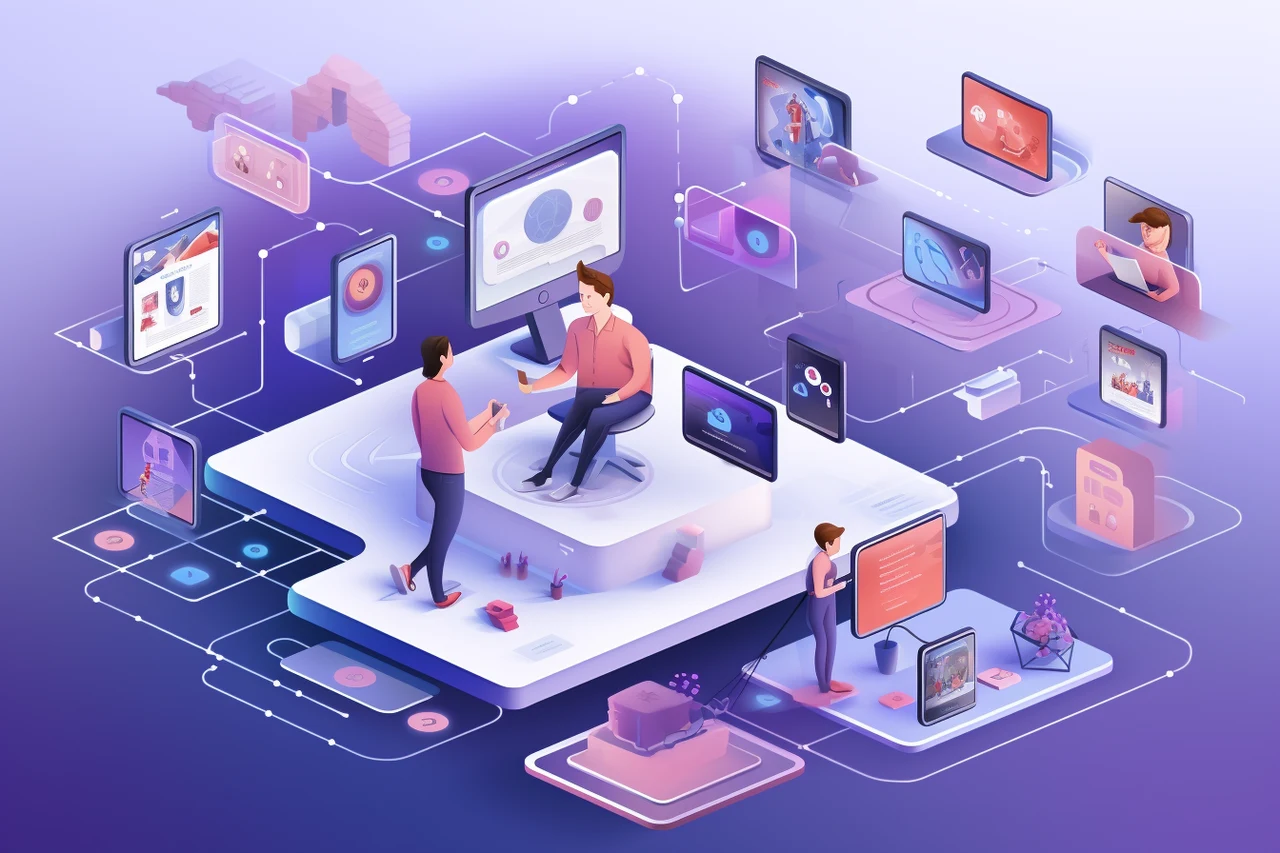
If you are wondering how you can leveraged AI into your existing applications or business workflow you might be interested in Glide AI. Artificial Intelligence, driven by Large Language Models (LLMs), is has exploded into every area of design, development, workflows and business. Allowing us to harness an array of amazing technologies that we can implement into our workflows and applications.
LLMs are machine learning models that learn, adapt, and use statistical models to analyze and draw inferences from patterns in data. This capability to understand and interpret data makes AI an invaluable tool in the business landscape.
Workflow AI automation
Integrating AI into existing applications and business workflows can substantially enhance operational efficiency and open up new avenues for innovation. Automation is one of the most immediate benefits, allowing companies to offload routine tasks to AI systems, thereby freeing up human resources for more complex activities.
AI-driven data analysis enables real-time insights into consumer behavior, supply chain dynamics, and other critical business metrics, thereby empowering data-driven decision-making. This is particularly invaluable in industries like finance for fraud detection, healthcare for diagnostics, and manufacturing for predictive maintenance.
How to add AI to your apps and workflows
Glide, recognizing the potential of AI, has integrated it into its platform, creating Glide AI. This system provides simple building blocks for designing with AI in data and apps, making the process of building with AI as simple as adding a column to a table. With Glide AI, businesses don’t need to manage prompts, choose models, deal with complex APIs, or cache results to optimize cost and performance. All these are managed by Glide, allowing businesses to focus on their core operations.
Other articles we have written that you may find of interest on the subject of AI automation :
Glide AI offers automated and user-triggered data transformations, such as converting audio to text, generating new text, extracting text from images, and converting text to various formats. These capabilities enable advanced data manipulation and feature-rich app development without the need for coding. For instance, Glide AI can be used in a work order management app for a maintenance team, allowing the team to perform updates and send data back to the head office.
Glide AI Keynote No Code Summit 2023
Watch the Glide AI keynote at the No Code Summit 2023 Conference in Paris, France with our CEO, David Siegel.
What sets Glide AI apart is its managed models feature. Glide AI automatically selects the best model for each use case, eliminating the need for businesses to provision, authenticate, manage APIs, or worry about migration. In addition, Glide AI calls are cached at the app level, allowing the entire company to reuse results, reduce costs, and get the best possible performance. Glide AI also selects different model providers for working with text, images, audio, documents, etc., enabling businesses to focus on results, not details.
Personalize your services and products
AI offers the ability to personalize services and products based on customer behavior and preferences, leading to increased engagement and potential revenue growth. AI’s capacity for natural language processing and machine learning also contributes to improved user experiences and more intuitive interfaces. Beyond that, the adaptability of AI means that systems can evolve to meet changing business needs without requiring constant manual updates. In essence, the integration of AI provides not just incremental improvements in existing processes, but can also be a catalyst for transformative changes that offer a competitive edge.
The integration of AI into business operations, specifically through platforms like Glide, has the potential to revolutionize business workflows. By leveraging Glide AI, businesses can unlock their data, transform their operations, and gain a competitive edge in the market. As AI continues to evolve, businesses that adopt and integrate this technology into their operations are likely to stay ahead of the curve and reap significant benefits.
Filed Under: Guides, Top News
Latest timeswonderful Deals
Disclosure: Some of our articles include affiliate links. If you buy something through one of these links, timeswonderful may earn an affiliate commission. Learn about our Disclosure Policy.







